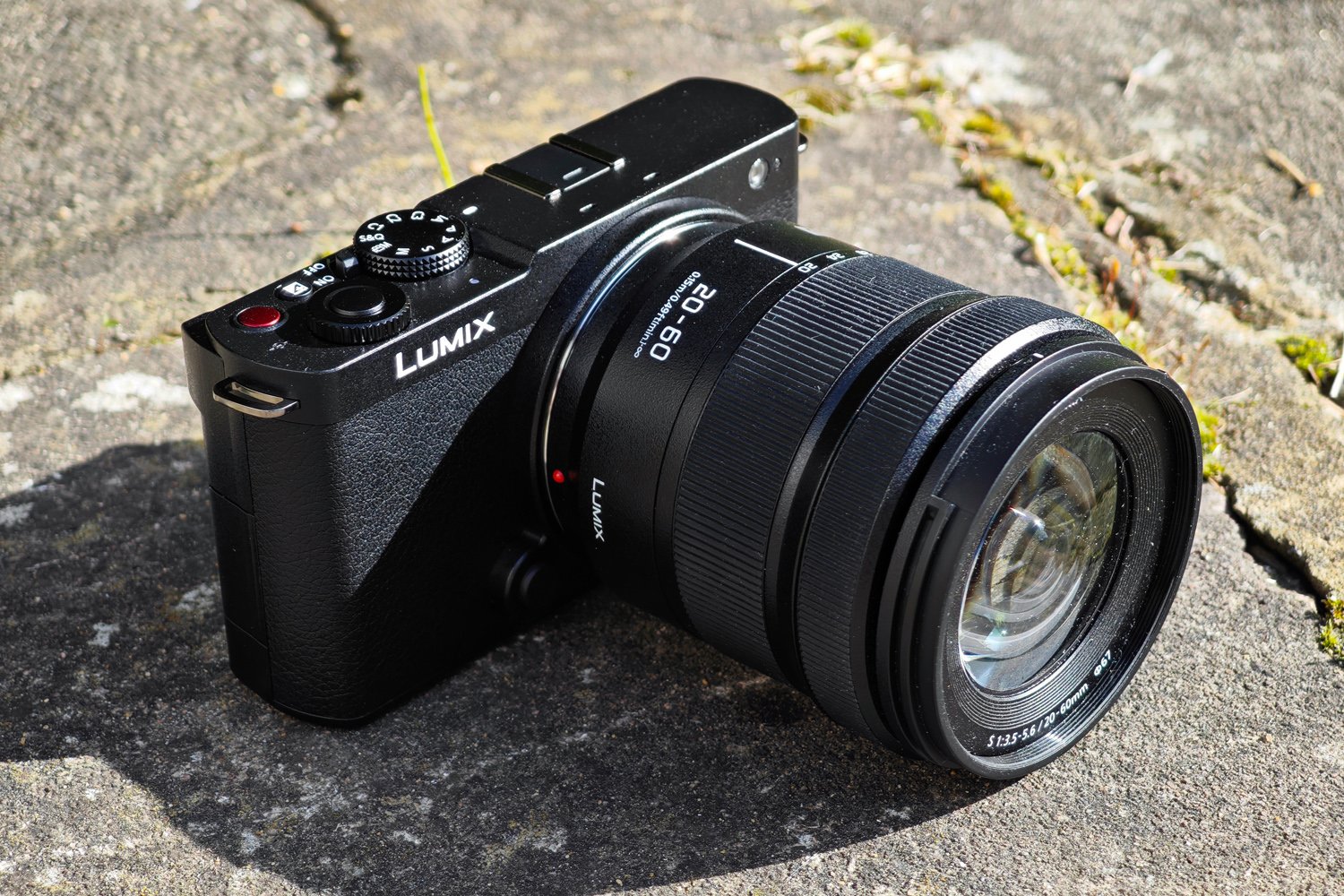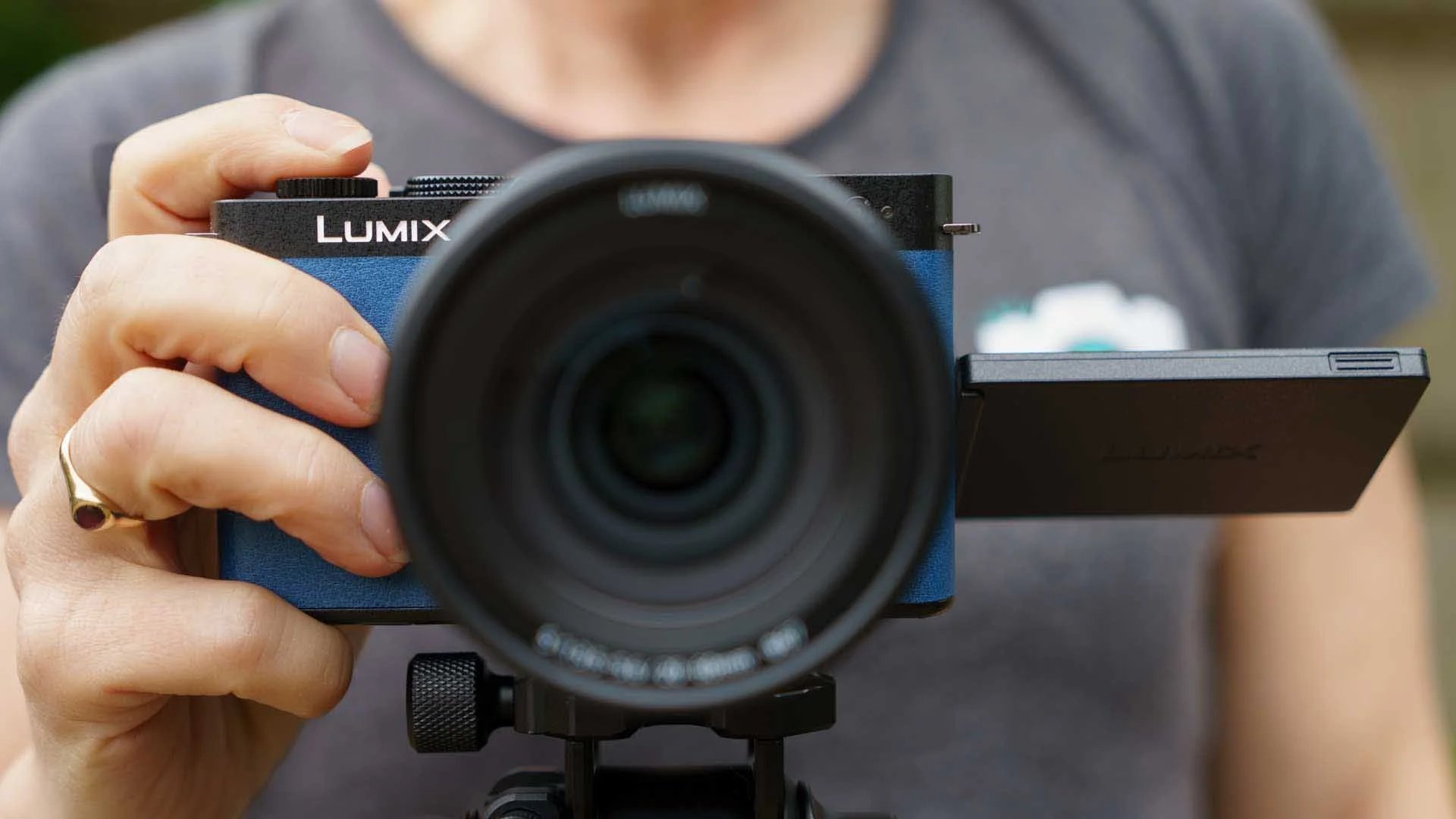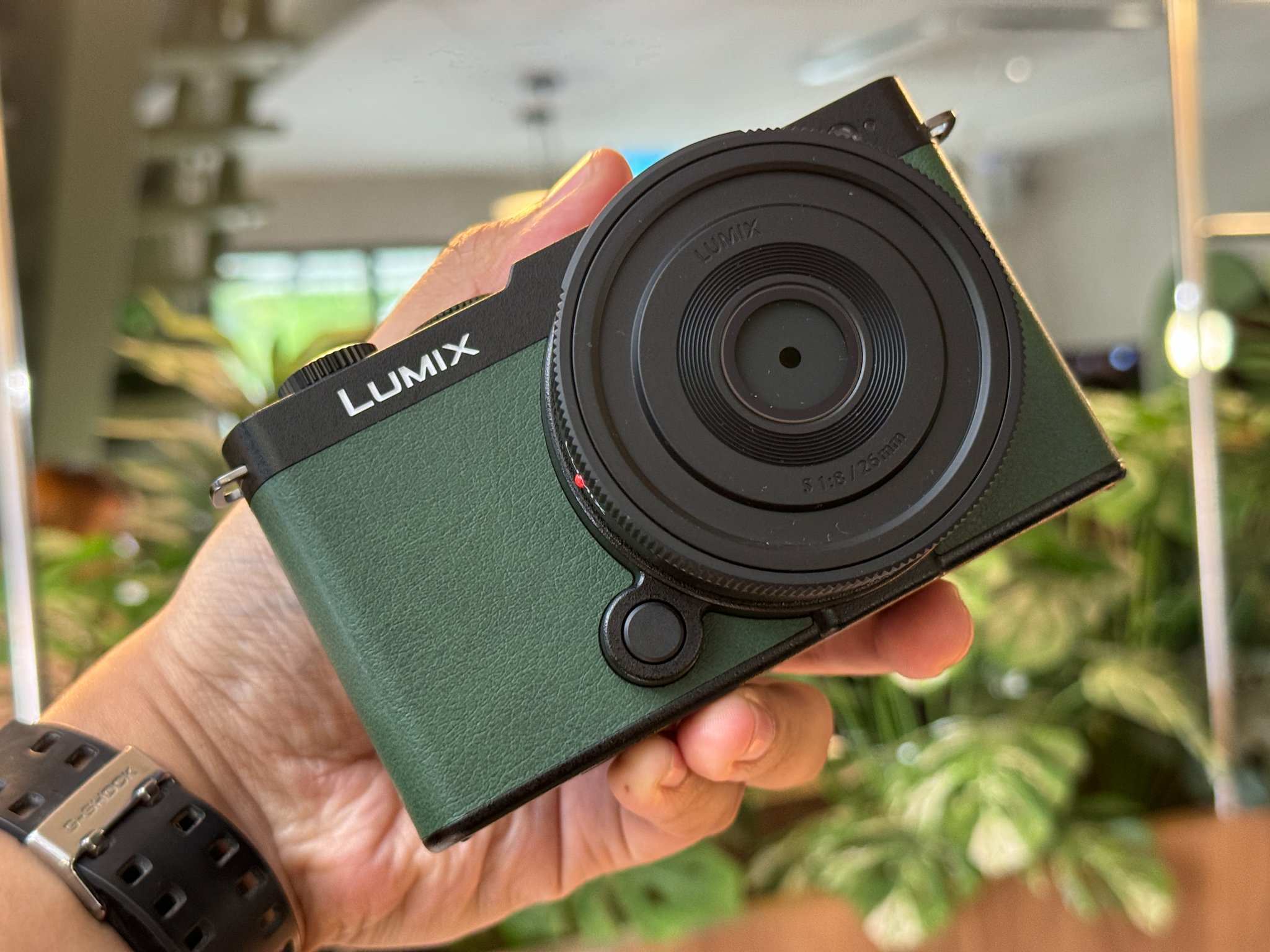Panasonic Lumix S9 Review: A Full-Frame Creator Cam with Big Ambitions and a Few Compromises

Panasonic has just thrown a vibrant, compact gauntlet into the content creator camera space. The Lumix S9 is a bold attempt to distill the power of a professional full-frame system, like the lauded Lumix S5II, into a body that feels more at home on a city street than in a studio. It’s a camera built not just to take photos, but to create a look—and to get it from the sensor to your social feed with unprecedented speed. But in the ruthless pursuit of portability and style, has Panasonic made a few compromises too many?
Design and Handling: Style Over Substance?
From the moment you pick it up, the S9 makes its purpose clear. It’s remarkably small for a full-frame camera, featuring a flat-top, rangefinder-style design available in several stylish colors. The build feels solid, though it leans more on high-quality plastics than the magnesium alloy of its bigger siblings. The fully articulating screen is bright and responsive, perfect for vlogging and capturing creative angles.

However, the minimalist design brings the S9’s most polarizing feature: the complete lack of an electronic viewfinder (EVF). For traditional photographers, this is a non-starter. Composing shots on a screen in bright daylight is challenging, and it disconnects the shooter from the immersive experience an EVF provides. For the S9’s target user—a vlogger or social media creative—this might be a non-issue, as they are already accustomed to a smartphone-style shooting experience. The ergonomics are also a mixed bag; while compact, the grip is minimal, making it feel unbalanced with larger L-mount lenses.

Performance: The S5II’s Heart Beats Within
Beneath the stylish exterior lies the S9’s trump card: the same 24.2MP full-frame sensor and processing engine found in the Lumix S5II. This is an unqualified success. Image quality is simply superb, delivering fantastic dynamic range, excellent low-light performance, and Panasonic’s famously pleasing color science. Crucially, it also inherits the S5II’s Phase Detection Autofocus system. This is a game-changer for Panasonic, providing fast, confident, and “sticky” subject tracking for both stills and video that finally puts it on par with its main rivals. For a creator who needs to be in front of the camera, the AF reliability is a massive selling point.
The S9’s other major flaw, however, is its lack of a mechanical shutter. This means it relies solely on an electronic shutter, which, despite a reasonably fast sensor readout, is still susceptible to rolling shutter artifacts. Panning quickly or shooting fast-moving subjects will result in skewed vertical lines. Furthermore, flash sync speeds are severely limited, curtailing its usefulness for certain types of studio photography.

Features and Workflow: The LUT Machine
The S9’s headline feature is the new dedicated “LUT” button on its back. This, combined with the new Lumix Lab smartphone app, is at the core of the camera’s identity. The app allows you to create, download, and transfer custom Look-Up Tables (color grade presets) to the camera. With a single button press, you can then apply and bake these cinematic looks directly into your photos and videos.
This workflow is designed for speed. It allows creators to establish a signature style and produce ready-to-share content without ever touching a desktop computer. For the TikTok and Instagram Reel generation, this is a killer feature that elegantly bridges the gap between professional image quality and mobile-first convenience.
Video Prowess and Thermal Limits
On paper, the S9 is a video monster. It can shoot 6K “Open Gate” video using the full 3:2 sensor area, providing immense flexibility for cropping to different aspect ratios in post. It also offers 4K recording up to 60p (with an APS-C crop). The quality of the footage is rich, detailed, and benefits greatly from the real-time LUT functionality.
But the compact, fan-less design imposes limitations. Panasonic itself is transparent that recording is limited, especially in high-resolution modes, to prevent overheating. In warm conditions, you may only get a few minutes of 6K or 4K/60p footage before the camera needs a cool-down. This makes it ideal for short-form content but unreliable for longer-form recording like interviews or event coverage. The lack of a built-in headphone or microphone jack (requiring an adapter for the USB-C port) further cements its position as a camera for casual and solo creators rather than professional videographers.
The Verdict: A Niche, but Brilliant, Creator Tool
The Panasonic Lumix S9 is a beautifully designed, deeply flawed, and potentially brilliant camera. It is not a do-it-all hybrid. It is a specialized tool laser-focused on a new generation of content creators who prioritize aesthetic, speed, and portability above all else. By packing its best sensor and autofocus into a tiny, stylish body and building an entire workflow around in-camera creativity, Panasonic has carved out a unique and compelling niche.
If you are a traditional photographer who needs a viewfinder, a videographer who requires unlimited recording times, or an action shooter who cannot tolerate rolling shutter, this camera is not for you. But if you are a social media creative, a travel vlogger, or a style-conscious hobbyist who wants a full-frame “look” straight out of the camera without the fuss of post-production, the Lumix S9 is one of the most exciting and innovative options on the market today.
Where to Buy:
Panasonic Lumix S9 Quick Summary
Key Scores:
- Value: 88%
- Design: 93%
- Performance: 84%
- Quality: 90%
- Popularity: 82%
Top Pros
- ✅ Packs a professional full-frame sensor into an incredibly compact body.
- ✅ The dedicated LUT button enables fast, creative in-camera color grading.
- ✅ Phase Detection Autofocus provides exceptionally fast and reliable subject tracking.
- …
Key Cons
- ❌ The complete absence of a viewfinder significantly hinders outdoor shooting.
- ❌ No mechanical shutter results in noticeable rolling shutter artifacts.
- ❌ Its compact body is prone to overheating during long recordings.
- …










 Visit Claritypoint.AI
Visit Claritypoint.AI






